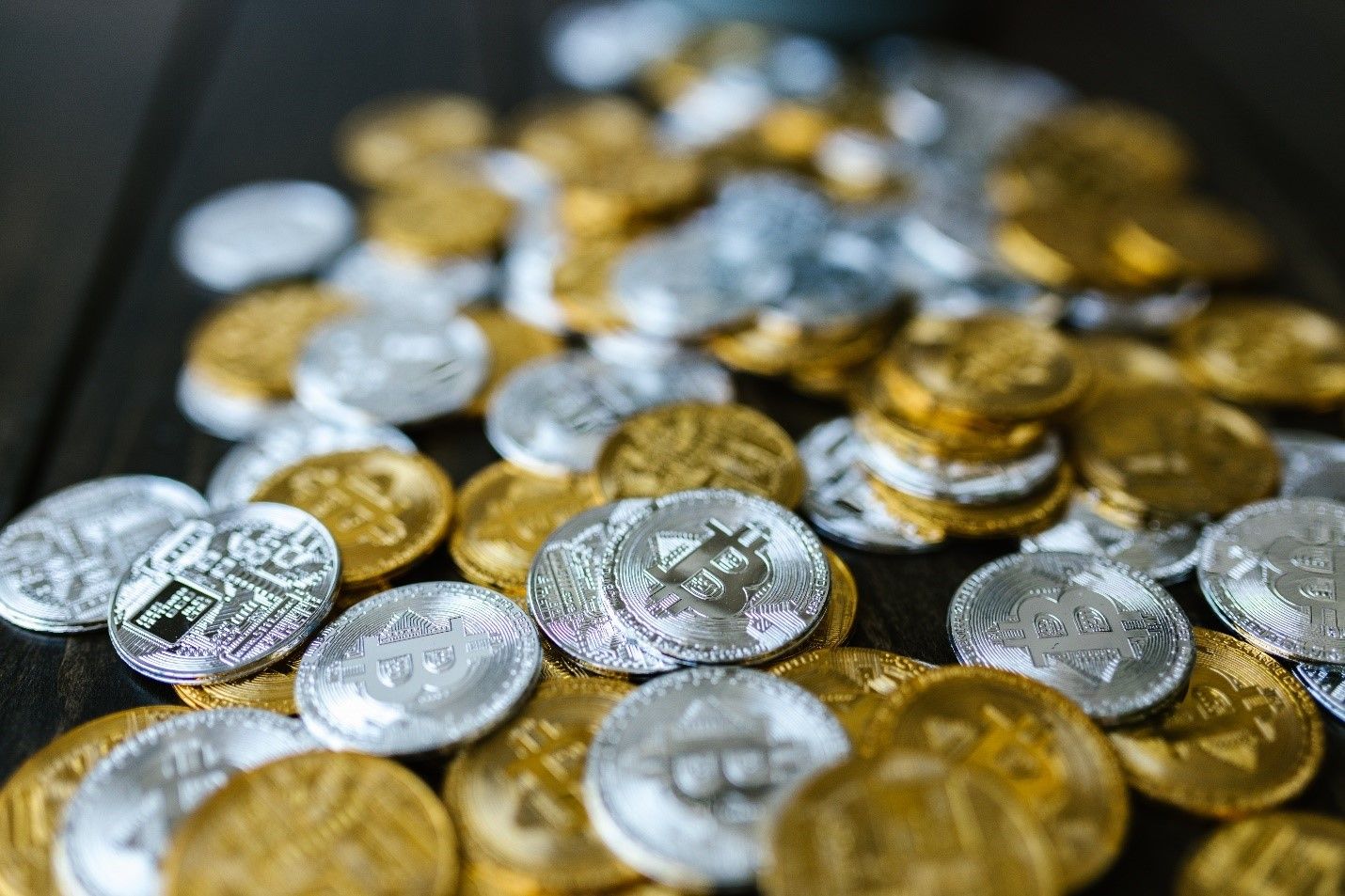International regulators set out guidance to help intensify scrutiny on the rapid growth and limited transparency of stablecoins.
In a report, global regulators on Wednesday called for stricter regulations on stablecoins — a form of digital currency acting as a bridge between the crypto market and national currencies — together with other payment systems.
Regulators will impose stern rules on stablecoins based on what’s systematically important and has the potential to trigger economic stability and disrupt payments.
In a global effort to curb the proliferation of stablecoins, the International Organization of Securities Commissions (IOSCO) — a global standard setter for the securities sector — is already exploring ways to curb the fast-growing $130 billion stablecoin market.
Payments landscapes transformed in recent years
Sir Jon Cunliffe, chairman of the Committee on Payments and Market Infrastructures (CPMI), said the payment ecosystem has undergone dynamic changes over time and continues to do so at a rapid pace.
“This is happening at the same time as financial innovation offers the prospect of new payment services and greater competition in payments but also potential risks to the financial system” Cunliffe adds.
Stablecoins derive value from the US dollar. They have a standard $1 value. These crypto-tokens running on blockchain technology are also fast and easy to move in and out of Bitcoin — triggering rapid growth, and drawing intense scrutiny.
Clear disclosures of stablecoins structure and affiliates
Initially, regulators weren’t so keen on imposing additional standards on stablecoins. Their focus was, instead, on building stablecoin principles — created nine years ago for the ever-critical financial market infrastructure.
The authorities behind the report recommended the application of systematically important principles on stablecoins. Governance was among those principles. The report also demanded transparency on the stablecoins management structure and affiliations.
The report further warned that customers risked exposure if stablecoins break their peg, adding stablecoins should only boast little to no credit or liquidity risks.
The report advised that once stablecoins regulatory frameworks are set in place, they should consider whether holders have underlying assets (or legal claims) on the issuer.
Stablecoins such as Tether and its peers have different digital assets sustaining them. Tether, for example, possesses commercial paper worth $30 billion — as a form of debt, making Tether the world’s largest paper holder. Unfortunately, Tether is adamant to reveal the location or names of companies it owes.
Fitch — a rating agency — warns holding vast amounts of commercial paper as Tether does pose huge risks for credit markets — triggering a contagion, especially when unraveled without a valid reason.
Stablecoins continue to draw more urgent attention to global regulators, compelling authorities to intensify scrutiny and regulate them.












